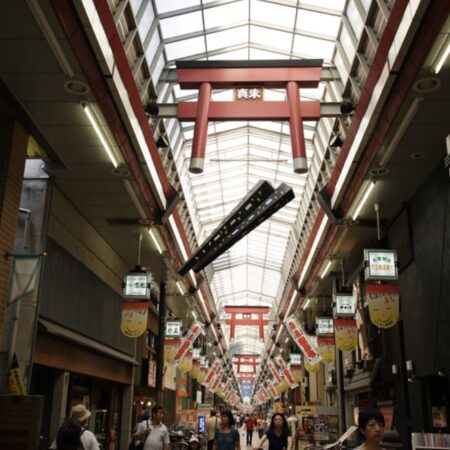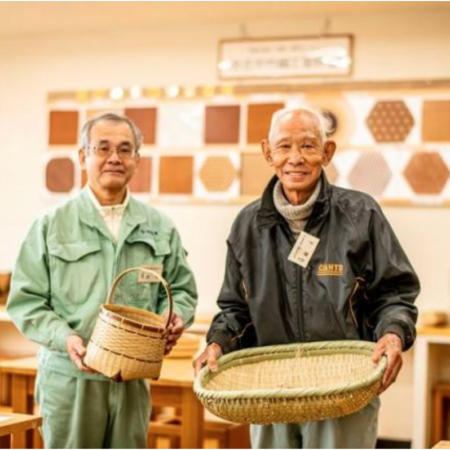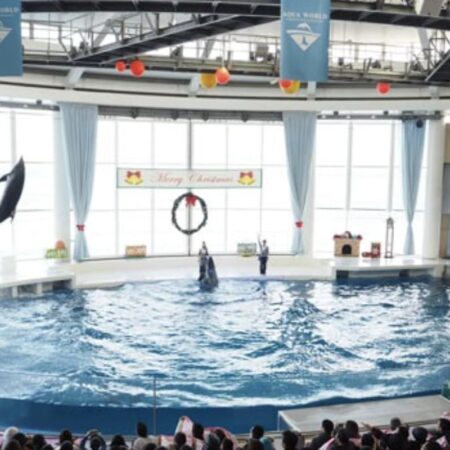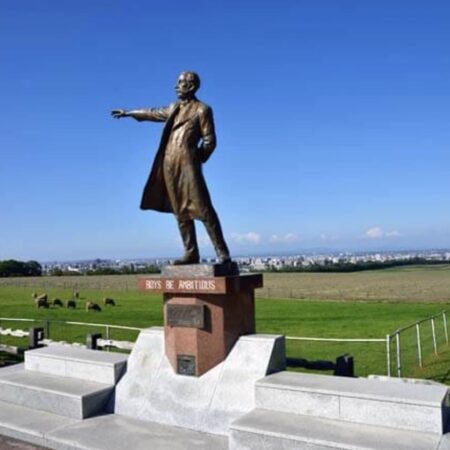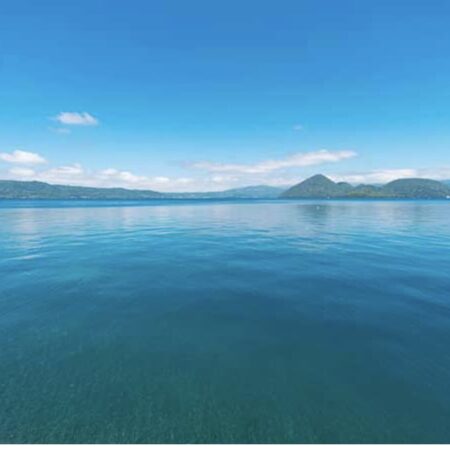Kyoto

Information
Kyoto is located in the Kansai region on the island of Honshu. As of 2021, the city has a population of 1.45 million, making up 57% of the prefecture’s total population. The city is the cultural anchor of a substantially larger metropolitan area known as Greater Kyoto, a metropolitan statistical area (MSA) home to a census-estimated 3.8 million people in 2020 and ranking as the second MSA in the Kansai region.
Access
The City of Kyoto has a well-developed public transportation system, with municipal subways and buses available, as well as JR trains, and privately-operated railways and bus lines. There are many routes for the municipal bus system in particular.
5 MUST-SEE spots
Kiyomizu Temple Main Hall

A national treasure building in the early Edo period in Kiyomizu temple. Centering on a “Shinden-zukuri” style building, transepts are set up on the front left and right, and the stage is covered with boards between them. The stage is supported by a bundle of large zelkova trees, which are about 12 meters long and over 400 years old, and are hung on a cliff. It is said that Sakanoue Tamura Maro gave the Shishinden Hall of Nagaokakyo to the main hall.
The principal image is an eleven-faced thousand-handed thousand-eyed Kannon statue, which is enshrined in a national treasure kitchen and is a secret Buddha. It is customary to open the door every 33 years. The book was opened in 2000 in recent years. Bishamonten, a side samurai, and Katsugun Jizo are both secret Buddhas.
Information
Address / Location: 1-294 Kiyomizu, Higashiyama-ku, Kyoto
Access: Get off at the city bus “Kiyomizumichi” or “Gojozaka” and walk for about 10 minutes.
Kinkaku-ji

The official name is Kinkaku-ji, and it is one of the tower temples of Shokoku-ji.
Sariden “Kinkaku” is especially famous, so it is generally called Kinkakuji.
It is said that Yoshimitsu Ashikaga, the third shogun of the Muromachi Shogunate, took over the villa of Saionji Kintsune, the lord of the Kamakura period, and built the mountain villa Kitayamaden. It is said that the gardens and architecture centered on the Kinkakuji represented the world of Sukhavati Jodo. , The culture of this era is especially called Kitayama culture. After Yoshimitsu’s death, it became a temple according to his will, and the temple was opened by Muso Soseki.
Gion

Generally called Gion Town. Yasaka Shrine in the east, Kenninji Temple in the south, Kamogawa in the west, and Shimbashi-dori in the north. It opened as a gate town of Gion Shrine (Yasaka Shrine) from the Kamakura period, but has developed as a recreational town since the Edo period. High-class restaurants and snacks are concentrated around the Hanamachi area, making it a major downtown area. Keihan Railway Gion Shijo / East area.
Fushimi-Inari Taisha

The main shrine of Fushimi Inari Taisha is a national important cultural property building. Revival in 1499 (Meiō 8). It belongs to a large shrine architecture, and the roof from the main shrine to the front worship is extremely long, which is called “Ryu-zukuri”. The worship in front of the inner worship hall was added to the main hall during the Genroku period, but it was added to the main hall when the inner worship hall was built in 1958. The eaves are decorated with gorgeous sculptures from the Momoyama period.
Information
Address / Location: 68 Fukakusa Yabunouchi-cho, Fushimi-ku, Kyoto
Access: Immediately after getting off at JR Inari Station
Get off at the city bus “Inari Taisha-mae” and walk for about 7 minutes.
Get off at Keihan Railway “Fushimi Inari” station, about 5 minutes on foot
Business hours: No gate closure
Prayer / Response time: 8: 30-16: 30 Awarding office 8: 30-16: 30
Regular holiday: Open all year round
TEL: 075-641-7331
Arashiyama Park

It is a prefectural city park that extends upstream and downstream of the Katsura River across the Togetsu Bridge, and covers an area of 10.6 hectares. It consists of three districts: the Kameyama district on the upstream left bank, which was opened in the late Meiji era, the Nakanoshima district on the clear stream sandbank, and the Rinsenji district on the downstream left bank, which was opened in the Showa era. It is one of the most scenic spots in the prefecture, and tourists never cease throughout the four seasons.
Information
Address / Location: Saga, Ukyo-ku, Kyoto and Arashiyama, Nishikyo-ku
Access: Get off at JR “Saga-Arashiyama” station and walk for 15 minutes
Get off at Keifuku Electric Railroad / Hankyu Electric Railroad “Arashiyama” and walk for about 5 minutes
No regular holiday
TEL: 075-701-0124

